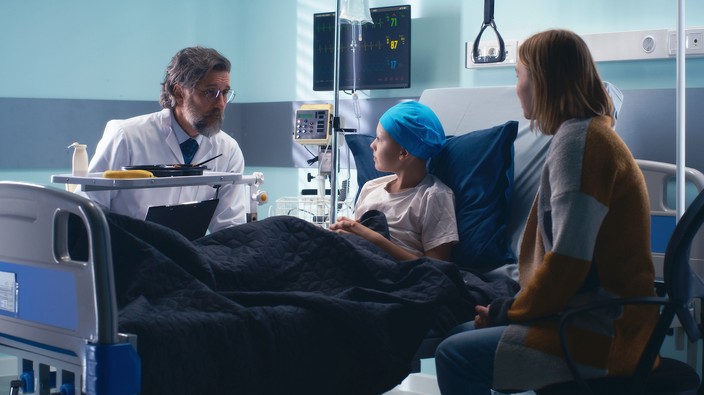we know that the sun causes deadly skin cancer, so why are we still tanning?
the canadian dermatology association has launched a tiktok challenge aimed at a younger demographic to raise awareness of sun safety.
a 'longevity success story': canada's growing 85-plus group makes us wonder what the key is to healthy aging
social isolation and loneliness takes years off your life, says laura tamblyn watts, founder, president and ceo of canage, a national seniors’ advocacy organization.
juvenile myelomonocytic leukemia highlights need for more diversity in stem cell donors
xavier pesito was just three years old when his frequent fevers and eye infections were diagnosed as a rare form of blood cancer.
 3 minute read
3 minute read









